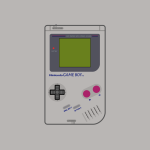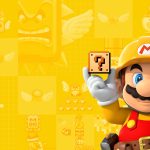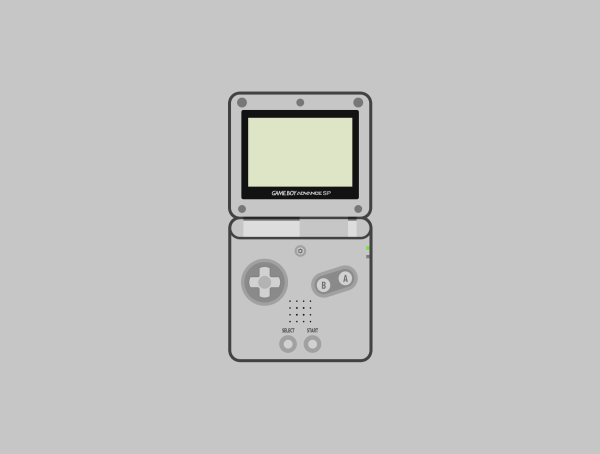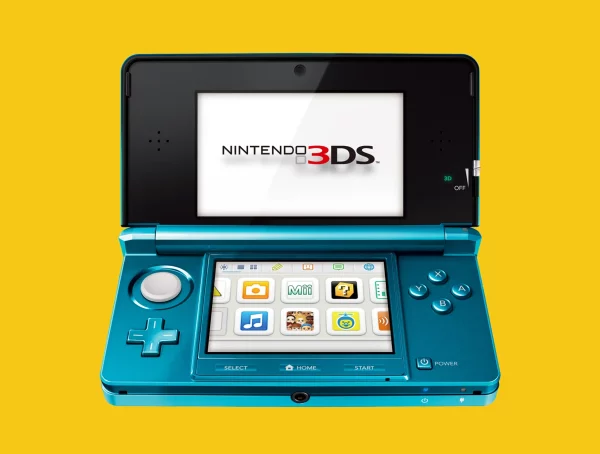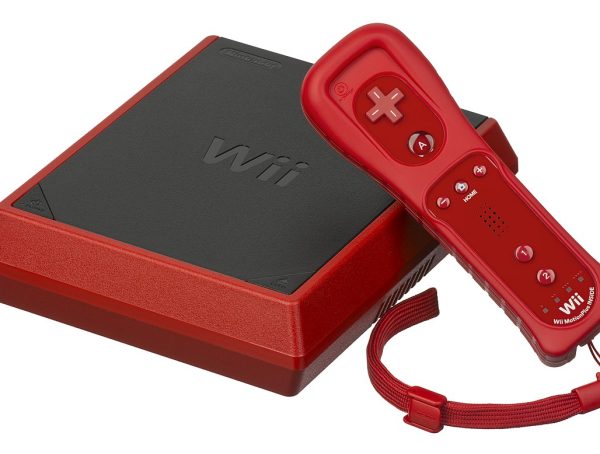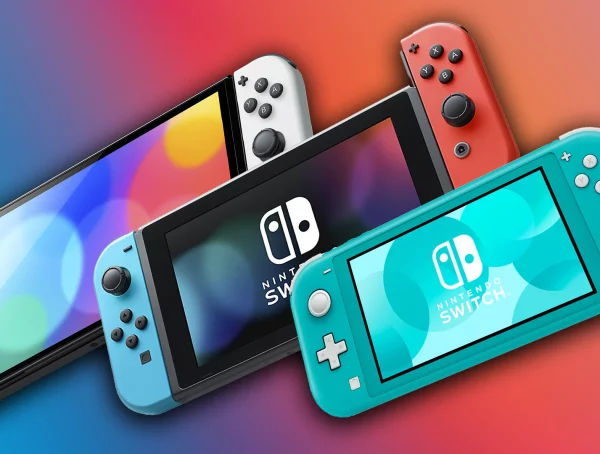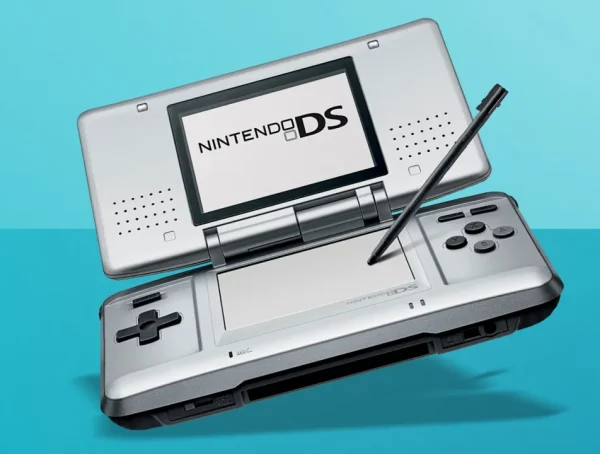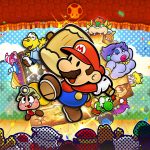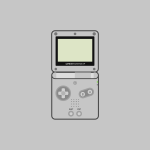The beginning: Select – Start!
In the early 80s, the video game industry was in serious trouble. The market was flooded with low-quality consoles and games, leading to a massive loss of consumer confidence. It was in this turbulent context that Nintendo, a Japanese company better known at the time for its electronic toys, decided to take a bold step forward with a brand-new console: the Nintendo Entertainment System, better known as the NES.
This marked the beginning of a revolution that not only revived the gaming industry but also shaped the future of video games as we know them today.
The Origins of the NES
Before the NES hit Western shelves, Nintendo launched the Family Computer, or Famicom, in Japan in 1983. With a simple yet effective design, the Famicom quickly became a hit thanks to titles like Donkey Kong, Excitebike, and Balloon Fight. Its growing success caught the attention of Nintendo’s executives, who saw an opportunity to expand into the Western market.
But the situation in the U.S. was tricky. After the crash of 1983, retailers had lost faith in video game consoles. So, Nintendo decided to rebrand the Famicom as the “Nintendo Entertainment System” and marketed it as an entertainment system, rather than just a video game console, complete with a robot accessory (R.O.B.) to appeal to skeptical stores.
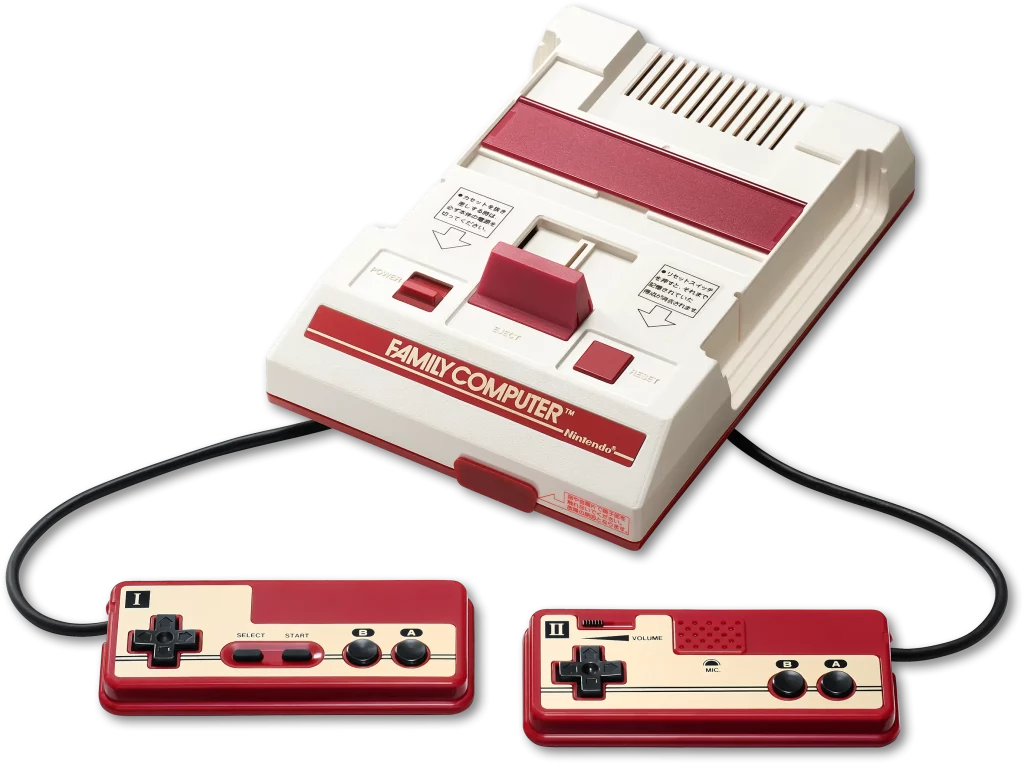
Launch and Reception
The NES officially launched in 1985 in North America, beginning with a limited release in New York City and gradually rolling out across the country. Unlike its competitors, the NES promised quality control, strict licensing policies, and a curated selection of well-developed games.
The game that changed everything was Super Mario Bros., created by Shigeru Miyamoto. It was a groundbreaking title, offering a vast side-scrolling world, hidden secrets, varied challenges and tight gameplay. It helped turn the NES into a household name and a cultural phenomenon.
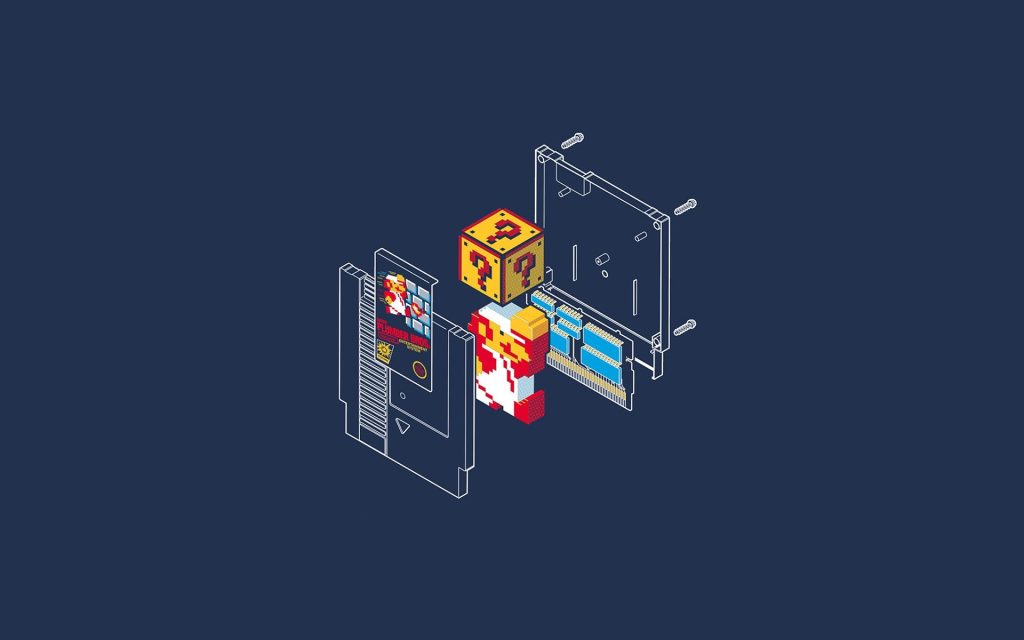
Technical Specifications
Although modest by today’s standards, the NES was impressive for its time. Here are its key specs:
- Processor: Ricoh 2A03 (based on MOS 6502), 8-bit, 1.79 MHz
- RAM: 2 KB
- Graphics: 256×240 resolution, up to 25 colors on screen
- Audio: 5 sound channels
- Cartridges: Up to 4 MB of data
- Controllers: Two controller ports with a D-pad, A/B buttons, Start and Select
The NES also supported accessories over time, including the Zapper light gun, the Power Pad, and the aforementioned R.O.B. robot.
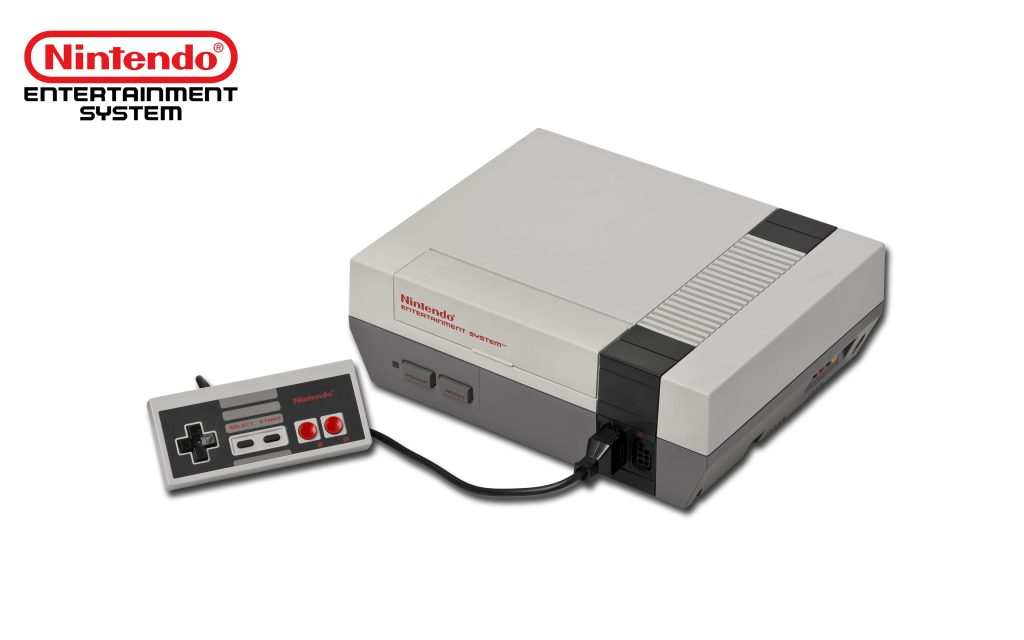
Iconic Games
The NES was home to some of the most iconic and influential games in video game history. Here are a few fan favorites:
- Super Mario Bros. (1985)
- The Legend of Zelda (1986)
- Metroid (1986)
- Mega Man 2 (1988)
- Castlevania (1986)
- Punch-Out!! (1987)
- Duck Hunt (1984)
- Final Fantasy (1987)
- Contra (1987)
- Kirby’s Adventure (1993)
These games not only set new standards for quality but also launched franchises that are still thriving today.

Cultural Impact
The NES wasn’t just a console, it was a symbol. It introduced an entire generation to the world of video games, solidified Nintendo as a gaming giant, and helped define entire genres like platformers, adventure games and RPGs.
NES wasn’t just a console
Its characters, Mario, Link, Samus and others, became cultural icons. The signature 8-bit graphics and chiptune sounds of the NES remain beloved and are constantly referenced and celebrated by fans and indie developers alike.
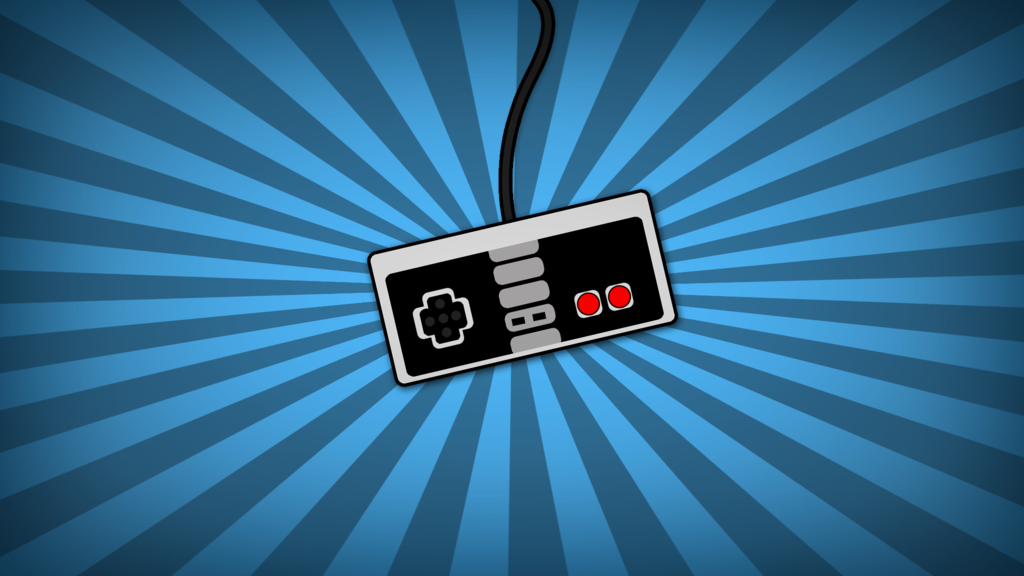
The End of an Era (and the Birth of a Legend)
With over 60 million units sold worldwide, the NES was discontinued in the early 1990s to make way for the Super Nintendo Entertainment System (SNES). But its legacy lives on: in 2016, Nintendo released the NES Classic Edition, a mini version of the console preloaded with 30 classic games and it was a massive hit.
Today, thanks to emulation, retro collections, and services like Nintendo Switch Online, the NES continues to thrive among gamers new and old.
More than a console!
The Nintendo Entertainment System was more than just a video game console. It was the savior of an entire industry and the starting point for one of the most beloved brands in the world. From Mario to Zelda, from its gray box design to its iconic controller, the NES left an unforgettable mark.
Did you grow up with an NES? What was your favorite game? Let us know in the comments and stay connected to the world of Nintendo here at NintenGO.
You might also like
More from CONSOLES
Nintendo Wii Mini: Complete History, Versions, and Specs (2012)
The Nintendo Wii Mini is a lesser-known variant of the highly successful Nintendo Wii console. Designed as a more affordable …
Nintendo Switch: The Complete History and Versions of Nintendo’s Hybrid Revolution (2017)
Introduction When the Nintendo Switch was launched on March 3, 2017, it wasn’t just a new console, it was a radical …
Nintendo DS: The Dual-Screen Revolution (2004)
The Nintendo DS, launched in 2004, marked a bold and innovative step in the world of handheld gaming. With its …
